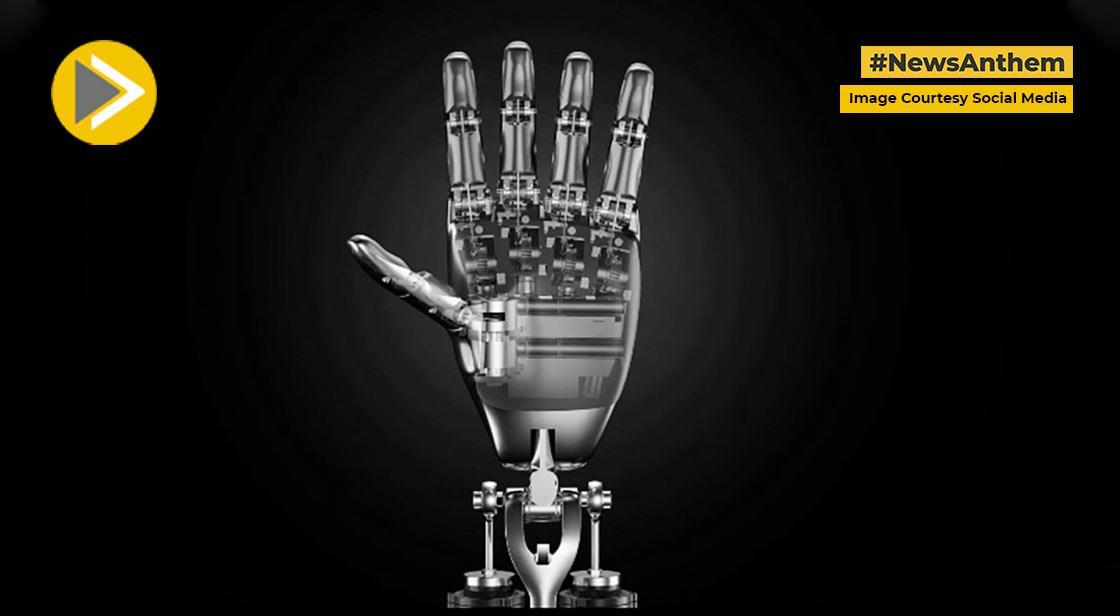AI Robots: The Future of Elderly Care in Japan’s Ageing Society

News Synopsis
In a recent demonstration in Tokyo, an AI-driven humanoid robot named AIREC carefully assisted a man lying on his back. With precision, it placed one hand on his knee and another on his shoulder, smoothly rolling him onto his side—a movement essential for changing diapers or preventing bedsores in elderly patients. AIREC, weighing 150 kg (330 lbs), is a prototype designed to support Japan’s ageing population amid a severe shortage of caregivers.
The Urgent Need for AI in Elderly Care
Shigeki Sugano, a professor at Waseda University leading AIREC’s research with government funding, emphasized Japan’s growing reliance on robotics for elderly and medical care. With an advanced ageing society, declining birth rates, and a shrinking workforce, technology is seen as a crucial solution to bridge the caregiving gap.
Japan’s Rapidly Ageing Population and Workforce Shortage
Japan has one of the world's most rapidly ageing populations, worsened by a declining birth rate and restrictive immigration policies. The post-war “baby boomer” generation (born between 1947 and 1949) reached the age of 75 by the end of 2024, intensifying the demand for aged care workers. According to Japan’s health ministry, the number of babies born in 2024 fell for the ninth consecutive year, reaching a record low of 720,988—a 5% drop from the previous year.
Meanwhile, the nursing sector is experiencing an acute labor shortage. In December 2024, there was only one applicant for every 4.25 available nursing jobs, compared to Japan’s overall job-to-applicant ratio of 1.22. Despite efforts to recruit foreign caregivers, only around 57,000 international workers were employed in the sector by 2023, making up less than 3% of the workforce.
The Role of AI and Robotics in Caregiving
With an ageing society and fewer workers, experts believe technology is the best solution to address the crisis. Takashi Miyamoto, director at elderly-care provider Zenkoukai, highlighted the pressing need for innovation. “We are barely managing now, but in 10 to 15 years, the situation will be dire. Technology is our best hope.”
Zenkoukai has already integrated AI into caregiving, though the use of robots remains limited. In one Tokyo facility, a small, interactive robot engages residents with pop songs and guided exercises, allowing human caregivers to focus on more critical tasks. Other AI-driven solutions, such as sleep sensors placed under mattresses, help monitor patients’ conditions, reducing the need for staff to make frequent nighttime rounds.
Challenges in Developing AI-Powered Humanoid Robots
Despite advancements, creating robots that can physically interact with humans safely requires high precision and intelligence. While companies like Tesla are developing humanoid robots, most are designed for household chores or industrial tasks rather than direct human assistance.
Sugano, also president of the Robotics Society of Japan, explained the complexities involved: “When humans are introduced into the equation, issues like safety and coordination arise.” AIREC, however, is designed to assist with essential tasks such as helping individuals sit up, put on socks, cook scrambled eggs, and fold laundry.
The Future of AI in Nursing Care
Although AIREC shows promise, its widespread adoption is still years away. Sugano estimates that the robot won’t be ready for use in medical and elderly care facilities until around 2030, with an initial price tag of at least 10 million yen ($67,000).
Takaki Ito, a caregiver at a Zenkoukai facility, remains cautiously optimistic. “If AI-equipped robots can understand patients' personal traits and daily routines, they may have a place in nursing care,” he said. However, he believes robots alone won’t be enough. “The best future is one where humans and AI work together to improve elderly care.”
Conclusion
As Japan faces an ageing population and a critical shortage of caregivers, AI-driven robots like AIREC may offer a solution. While the technology is still developing, its potential to assist human caregivers and improve elderly care is undeniable. The future of healthcare will likely involve a combination of robotics and human expertise, ensuring better support for the elderly in the years to come.
You May Like









